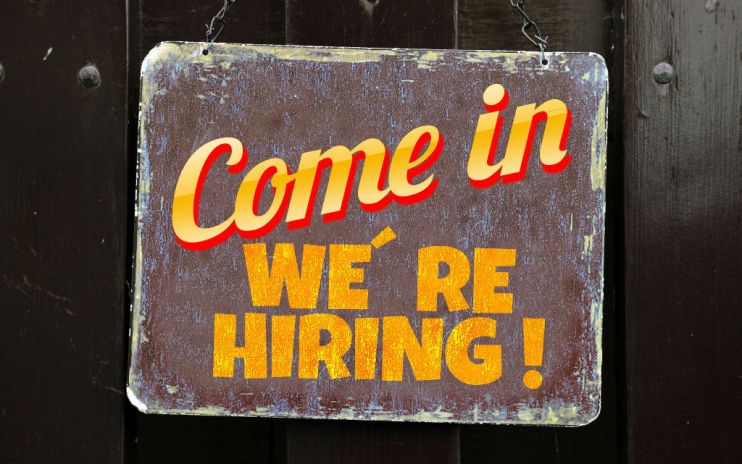Businesses face a fresh tipping point of staff shortages and wage hikes

For years, inflation has not been an issue. Since the late 1990s, annual inflation in the UK has averaged 2 per cent, with a peak of just over 4 per cent. In the US, there was a similar story, with even less variability.
This is in stark contrast to the 1970s and 1980s, when the year on year percentage increase in prices was routinely in double figures.
Pressure appears to be building on wages, the single most important item of costs for most businesses. While the furlough scheme continues to distort the picture, there has been a surge in demand from employers trying to bring on new staff as lockdown eases but this has not been matched by supply.
James Reed, the chairman of recruitment giant Reed, warned over the weekend there was a “jobs boom” creating staff shortages across the board. The balance of power is swinging back in favour of workers.
While it is easy to dismiss this as a product of our emergence from lockdown, this crunch could be far from temporary. There have been signs of a burgeoning employment crisis for several years across Western economies.
The main driver of low inflation over the past 25 years has been the integration of China and India into the global economic system. Thirty years ago, they were both effectively closed economies.
As they have opened up and become more and more global, they have added well over a billion workers to world labour supply. It is little wonder then that wage inflation has been contained in the face of such huge supply.
But all this is now in the past. For all intents and purposes, these two giant economies are now full participants in the global economy.
The story of wages over the past 25 years can be seen in their share of national income as a whole. In the US, for example, wages and salaries peaked at 58 per cent of total income in 1981. Even in 2000 it was still 57 per cent. But by 2015 it had fallen to 52 per cent.
These may seem like small changes, but the US economy is worth $20tn. So just a single per cent of it equates to $200bn. Workers as a whole were getting a trillion dollars less in 2015 than they would have if they had maintained their 2000 share of the pot.
After nearly two decades of falls, the share of wages has not just steadied but has risen, to 53.5 per cent on the latest data. The downward pressure from Asia has ended.
We are not exactly back in the dark days of the 1970s, when the National Union of Railwaymen rejected a rise of 27.5 per cent because it was not enough. But a tipping point has been reached. Staff shortages, wage rises, inflation – these are all back on the agenda.
